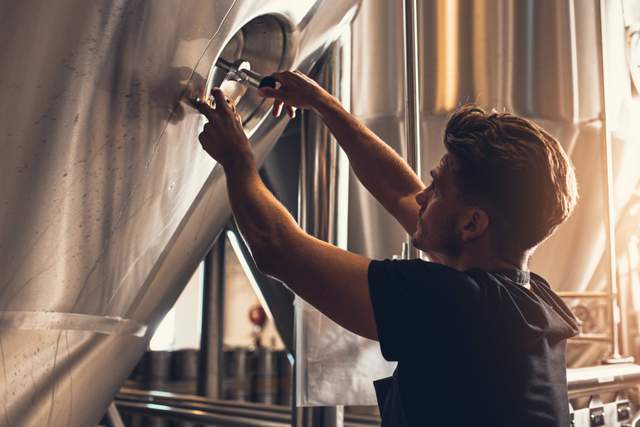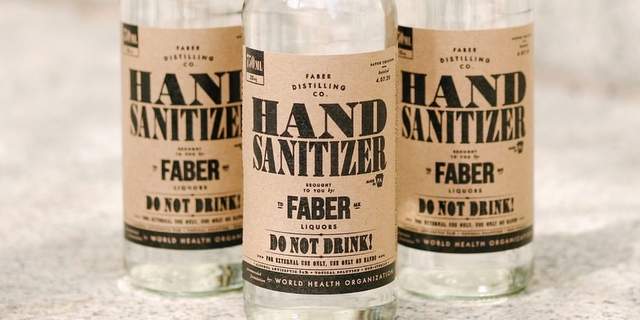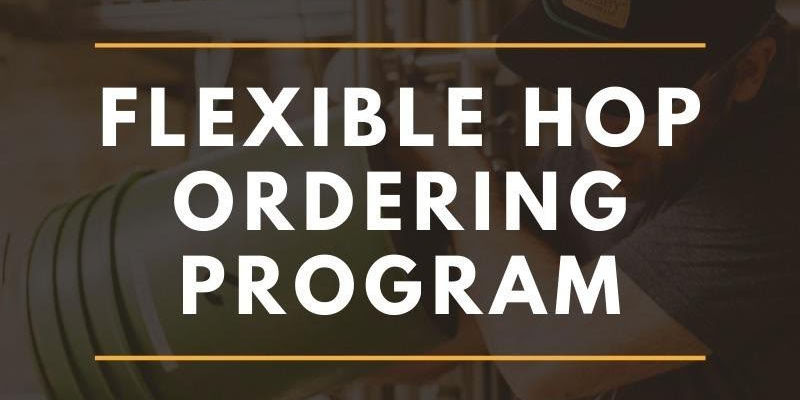
Across the United States, the COVID-19 pandemic has taken a toll on craft breweries. For many, staff have been furloughed, sales are down due to bar and restaurant closures and safety concerns are at an all-time high. How breweries navigate the situation changes daily, and your brewery is likely dealing with a variety of challenges you weren’t prepared for.
The good news is, businesses will eventually reopen, and customers will once again visit your breweries and taprooms. But customers will likely be more critical of their environment than they have been in the past. While sanitation has always been part of your brewery’s process, customers will likely have a new interest in your sanitation practices following the pandemic. So, now is a good time to ramp up the sanitation policies and procedures throughout your brewery.
With limited staff and resources, your challenges are understandably high, but this is also an opportunity to prepare your brewery to come out ahead during the reopening phase and going forward.
Refocusing on sanitation in the new brewing landscape
The first step is to identify which sanitation policies and procedures are due for an update. Have any areas of your brewery received less attention than others? From fermentation equipment to conveyors, floors and walls, observe and address any neglected areas that could harbor bacteria. Then, create a diligent sanitation schedule so that all areas and equipment are thoroughly cleaned regularly.
It might also be time to upgrade the quality of your sanitation products. The EPA has issued a list of antimicrobial products for use against Novel Coronavirus SARS-COV-2, under its Emerging Viral Pathogen Guidance for Antimicrobial Pesticides Program. Quaternary ammonium (quat), foaming, fogging and other approved cleaners should be used throughout your brewery sanitation process, keeping equipment, tanks and kegs clean and safe.
Another challenge facing your brewery is the recent CO2 shortage. One way to conserve this resource is to clean your brite tanks with acid and detergent. CO2 does not neutralize acid, so acid cleaning under pressure can significantly reduce the amount of CO2 needed to replenish your tanks. Cleaning with acid and detergent can also be done with ambient temperature water (not hot), thereby reducing your energy consumption.
The Occupational Safety and Hazard Administration (OSHA) states that the most effective protection measures against COVID-19 are engineering controls (ventilation), administrative controls (reduce grouping of staff), safe work practices (hand washing and adequate sanitizers), and Personal Protection Equipment (PPE) such as masks and gloves. Follow OSHA guidance and check with your local health department on ways you can further control the spread of the virus within your brewery.
Take sanitation beyond brewing
It’s also essential to look beyond your brewing equipment to your sanitation procedures in all areas of your facility. Taproom equipment, bars, tables, seating and floors may have higher and more consistent usage. Therefore, you should use quat cleaners on these items as well, helping prevent the spread of COVID-19 and other bacteria where customers gather.
Make sure your employee breakrooms and all restrooms are part of your sanitation audit. As employees may enter these areas before starting work, keeping them sanitized will help avoid the spread of the virus and other bacteria into the brewery.
Provide employees proper resources and a work environment that promotes personal hygiene. For example, provide no-touch trash cans, hand soap, alcohol-based hand sanitizer containing at least 60 percent isopropyl alcohol, disinfectants and disposable towels for staff to clean work surfaces. Require regular hand washing or use of alcohol-based hand sanitizers. Employees should always wash their hands when they are visibly dirty and after removing any PPE, like masks or gloves.
Make sanitation checklists for all the areas mentioned above. Lists and other signage will help keep sanitation top-of-mind so that the procedures become a habit over time.
Build customer trust
Because everyone has had to make social and personal adjustments due to the pandemic, as taprooms reopen, customers will be more critical of their surroundings. Cleanliness of tap lines, sterilization of growlers, and even bars and tabletops will be on your customers’ minds. Not only can you take action to alleviate these concerns, but communicating your sanitation practices through signage, social media, and other marketing efforts will put your customers at ease so they can enjoy your beer without worry.
Also, make sure to have a plan for how social distancing will work in your brewery and taproom and have hand sanitizer readily available for customers. This kind of attention will show customers that you have their safety in mind.
Creating a better path for the future
The bottom line is that now is the time for brewers to revisit their sanitation procedures. While resources might be limited, there are ways to enhance your sanitation practices now, to prepare for full reopening later and help your future business by keeping a safe brewery, building trust with your customers and producing top-quality products.

George Allen is the business development director of brewing at Birko.





Leave a Reply
You must be logged in to post a comment.